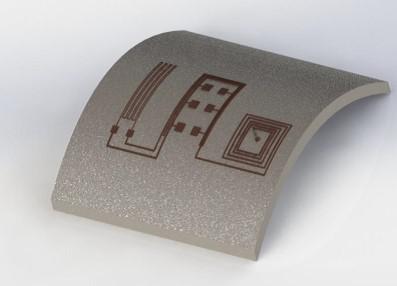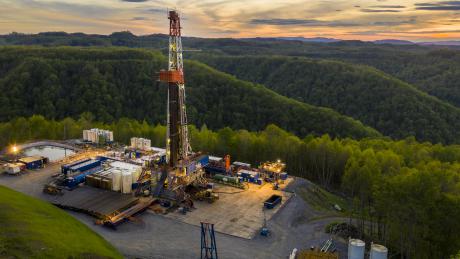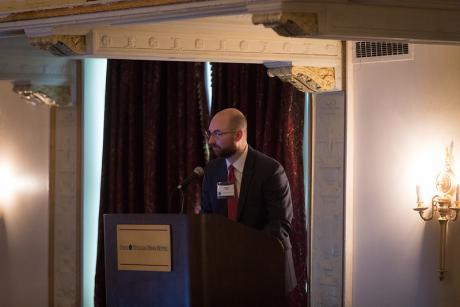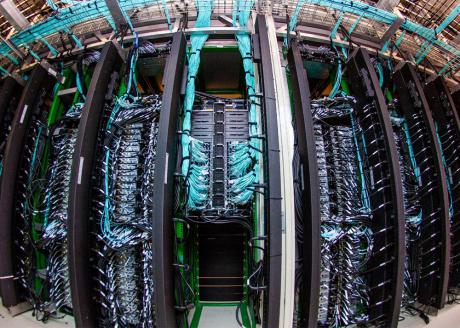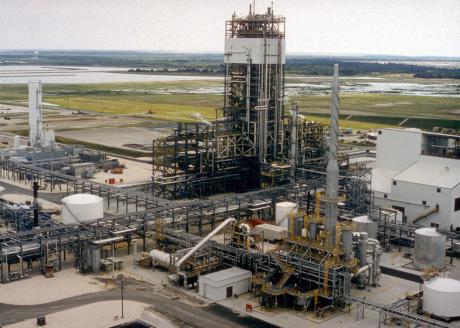As part of the NETL-managed University Coal Research (UCR) program, a team led by Carnegie Mellon University (CMU) recently completed a project that contributed to the training of several university students and researchers while advancing sensor technology to measure strain in an extreme environment. The team leveraged advanced 3D printing techniques to create new in-situ monitoring sensors capable of measuring the strain, or pull, on an object — even in the high-temperature environments of fossil energy applications.
An NETL collaboration with the University of Wyoming to develop technologies and methods for extracting rare earth elements (REEs) from coal ash is taking a major step forward with a recently awarded grant from the U.S. Department of Energy’s Technology Commercialization Fund.
An NETL-supported project has provided researchers with core samples and other valuable subsurface data to assess natural gas resources in deep untapped reservoirs in Central Appalachia and evaluate potential extraction methods that would leave a light environmental footprint while creating needed jobs in a region significantly impacted by the downturn in the coal industry.
DOE’s Office of Fossil Energy is working through its new Advanced Energy Storage Program to improve and foster the widespread use of energy storage integrated with fossil energy applications leading to facility flexibility, power grid resiliency, cost savings, and reduced greenhouse gas emissions.
The U.S. Department of Energy (DOE) and NETL intends to make approximately $122 million available, through a competitive process, to establish coal products innovation centers. The innovation centers will focus on manufacturing value-added, carbon-based products from coal, as well developing new methods to extract and process rare earth elements and critical minerals from coal.
Energy storage can dramatically improve the efficiency of the nation’s existing fleet of fossil fuel-fired power plants, reduce emissions of greenhouse gas and help ensure a secure grid as more intermittent renewables (solar and wind power) are added to it, according to NETL Technology Manager Briggs White, Ph.D.
According to the latest rankings by TOP500, NETL’s Joule 2.0 supercomputer remains among the most powerful in the world, securing a position of 24th in the United States and 70th in the world.
NETL Technology Manager Briggs White, Ph.D., will share his expertise about challenges facing the nation’s fleet of fossil fuel-burning power plants and how energy storage can address them during an ELECTRIC POWER Expo 2020 webinar at 9:30 a.m. EDT on Wednesday, June 24, 2020.
A new NETL report explores opportunities to leverage high-performance alloy (HPA) research supported by DOE’s Office of Fossil Energy (FE) beyond coal-fired power plants and expand into industrial gas turbines as well as adjacent markets that require similar materials, such as the aerospace, industrial and chemical processing and automotive industries.
Today’s U.S. electricity grid consists of millions of miles of transmission lines that bring power to hundreds of millions of electricity customers across the country, so ensuring the security and reliability of this vital infrastructure is a top concern for NETL. The Lab continues to advance energy storage technologies for future deployment, but grid reliability also requires an understanding of the interaction between various sources of electrical power, especially during periods of increased demand like severe weather events.





